Understanding the chemical language of love used by tsetse flies helps combat the spread of a lethal human parasite.
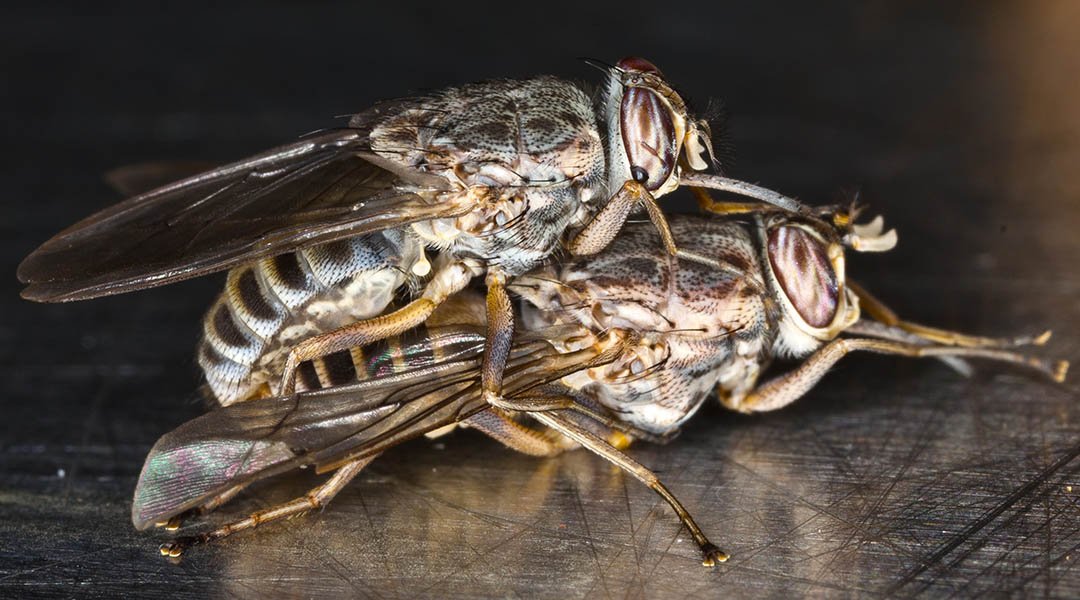

Understanding the chemical language of love used by tsetse flies helps combat the spread of a lethal human parasite.
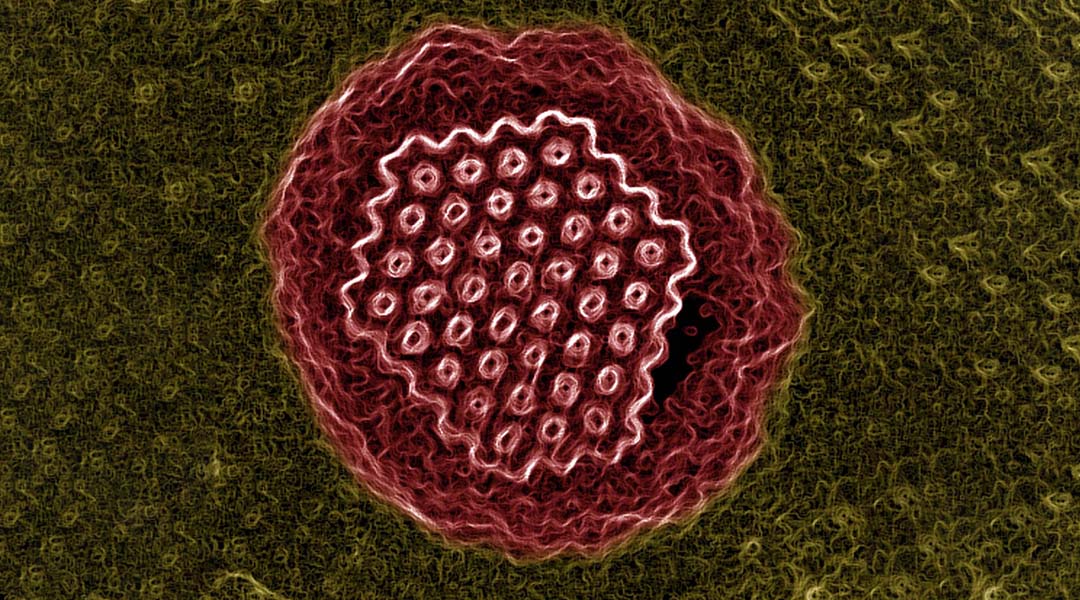
How seven ancient viruses ranging in age from 27,000 to 48,500 years were recovered from the Siberian permafrost, and what researchers hope to learn from them.
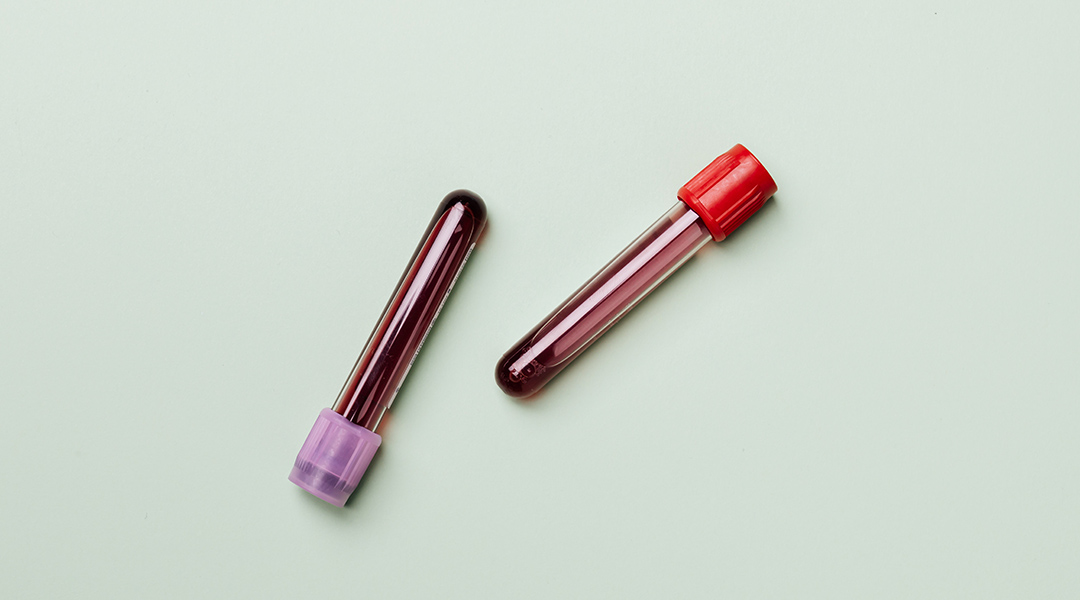
A new drug called acoziborole in clinical trials offers hope as an easy-to-administer treatment for sleeping sickness in remote areas.
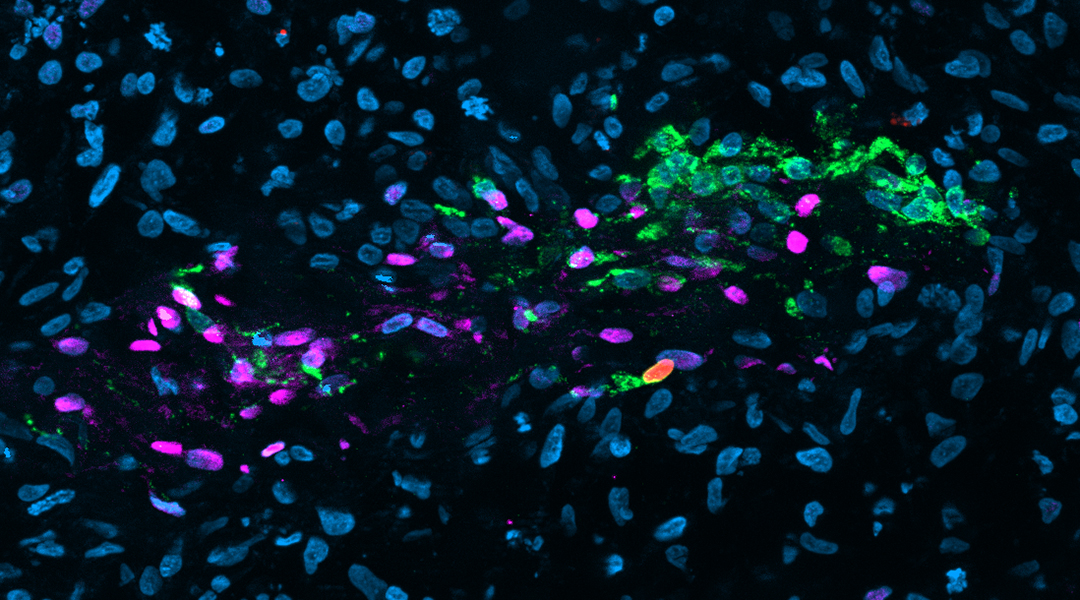
Dehumidifying pendants, the origins of olfactory neurons, microspectrometers, and transforming cancer agents.
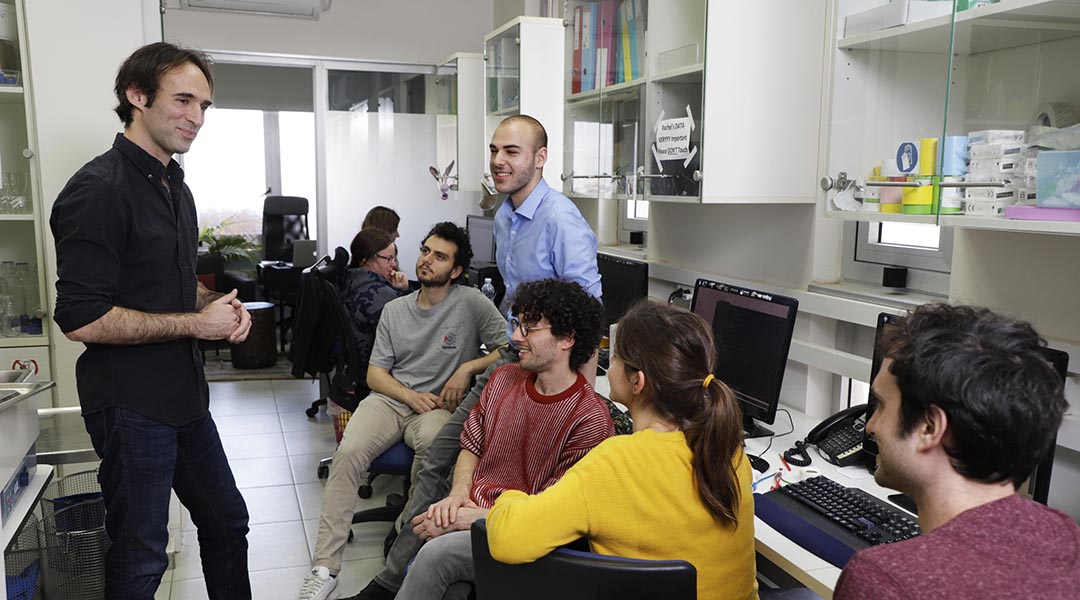
Neurobiologist Oded Rechavi investigates epigenetics, a curative use for brain parasites, and helped piece together the Dead Sea Scrolls using DNA.
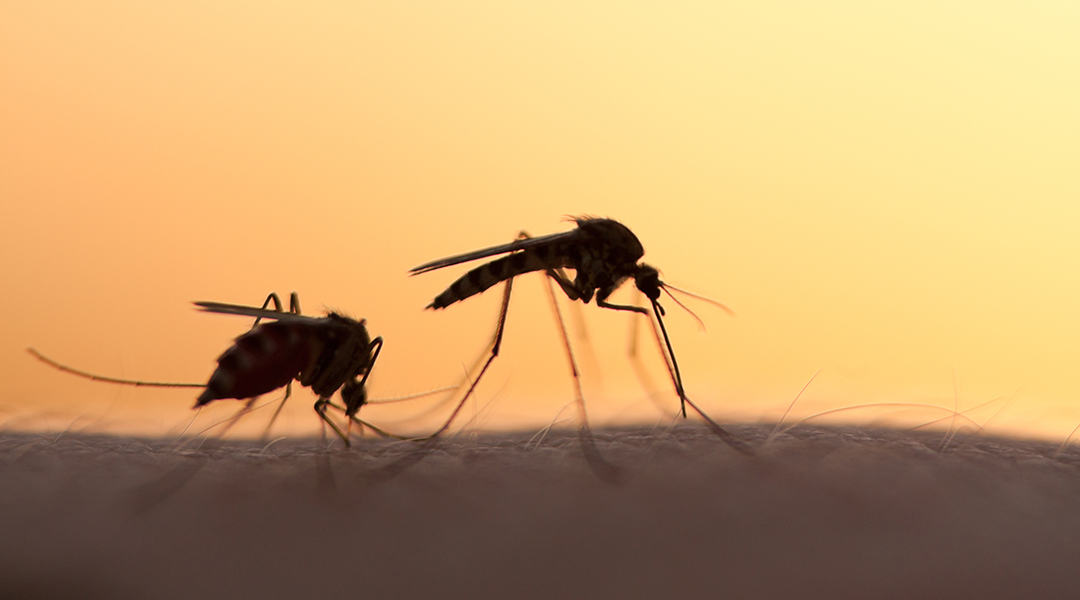
Antibody therapies and new vaccines have been added to the arsenal, giving hope to the millions who live where malaria is endemic.
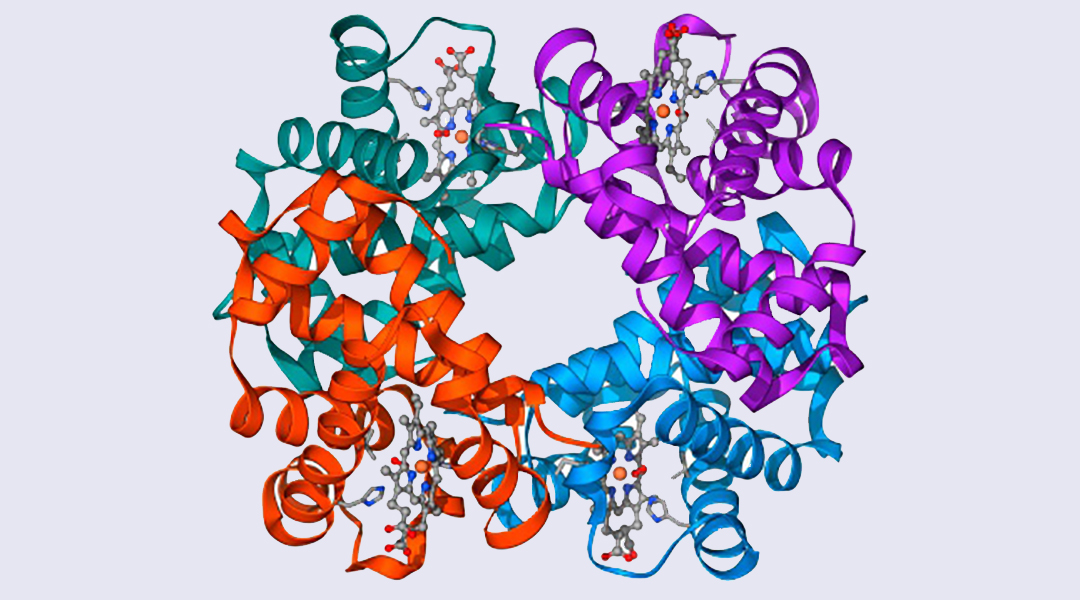
This will be one of the most important datasets since the mapping of the Human Genome, say experts.
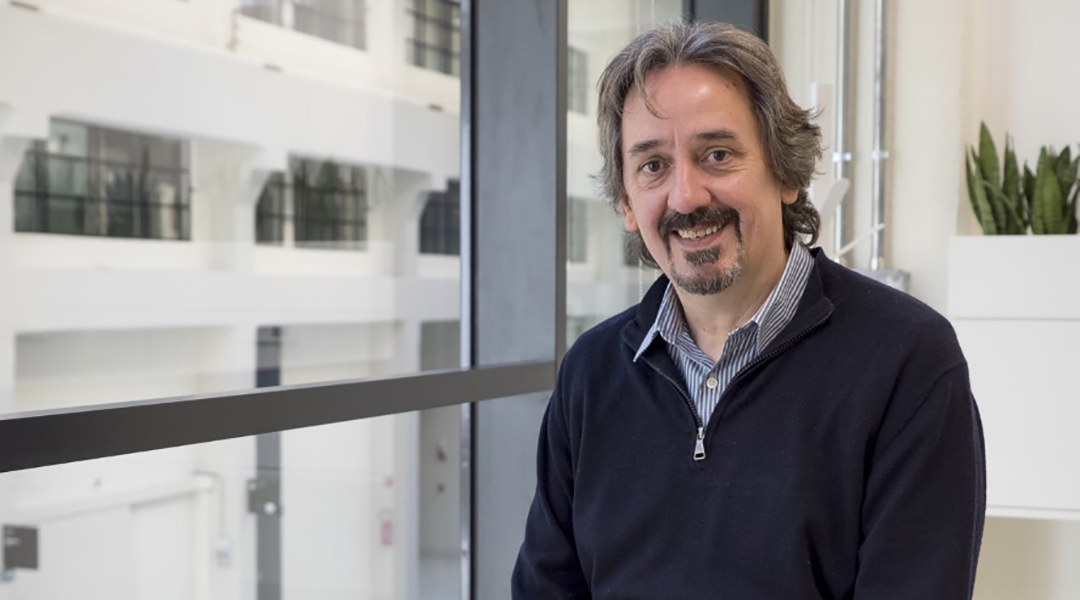
Albert Zink, director at the Institute for Mummy Studies, investigates remains from the past to bring ancient stories to life.
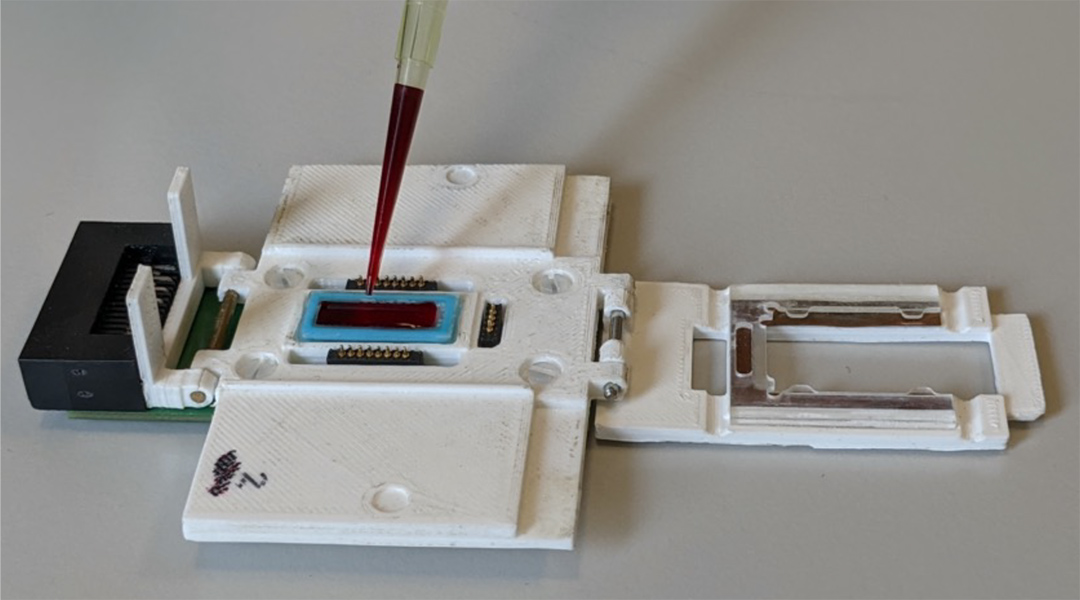
A new lab-on-chip technology enables the rapid and quantitative identification of malaria parasites in the blood for better and more accurate diagnosis in remote regions.

Self-propelling microparticles enhance the dissolution of drugs in the stomach, achieving better bioavailability without the side effects of high dosing.